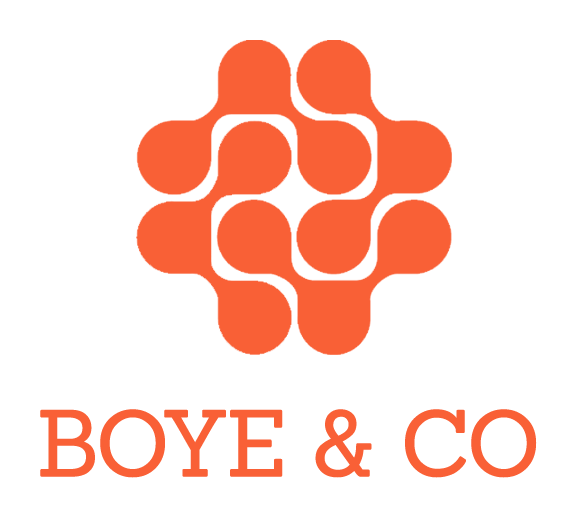The first and foremost question which comes to mind is: What is hyperautomation?
According to industry analyst firm Gartner:
“Hyperautomation is a business-driven, disciplined approach that organizations use to rapidly identify, vet and automate as many business and IT processes as possible. Hyperautomation involves the orchestrated use of multiple technologies, tools or platforms, including: artificial intelligence (AI), machine learning, event-driven software architecture, robotic process automation (RPA), business process management (BPM) and intelligent business process management suites (iBPMS), integration platform as a service (iPaaS), low-code/no-code tools, packaged software, and other types of decision, process and task automation tools.”
Now from the above definition from Gartner is very clear but at the same time it’s complex, it’s integrated, interdependent but mutually exclusive and independent at the same time. Which adds to more confusions, queries, fears, complex terminologies and eventually results in procrastination, lack of confidence and finally failures.
If there is any organisation which comes forward and say that we have attained hyperautomation or we are a hyperautomation organisation, I would humbly say either they are not sure or not aware what they are doing or they are definitely on the wrong path.
In my view, hyperautomation is not a state or a milestone or a title. It’s a journey. A journey that continues as we mature, as new technologies arrive and also when Gartner’s definition of hyperautomation changes, as it will in the foreseeable future.
Read more